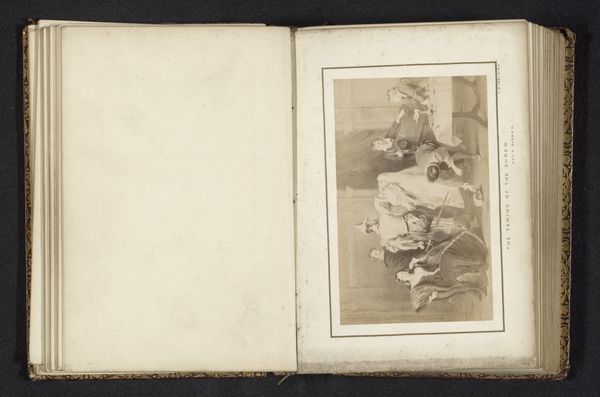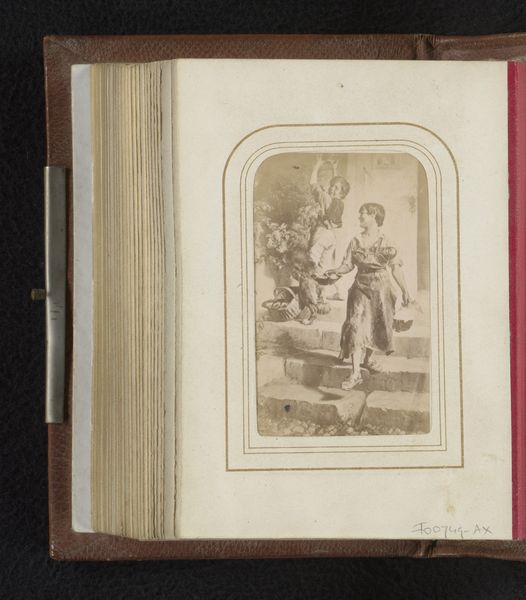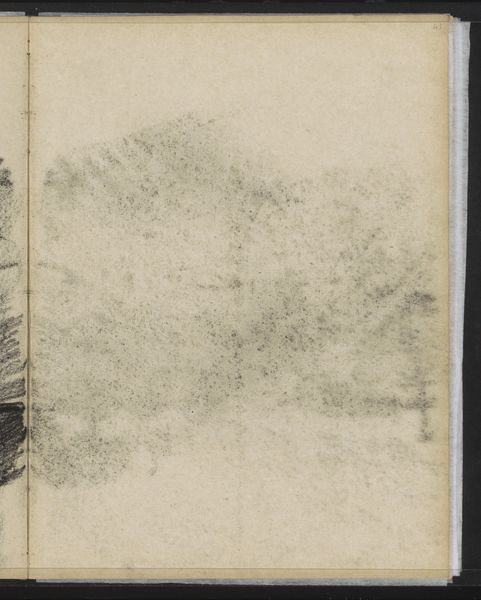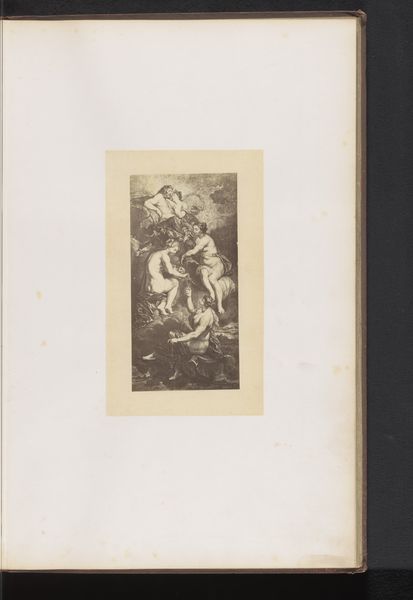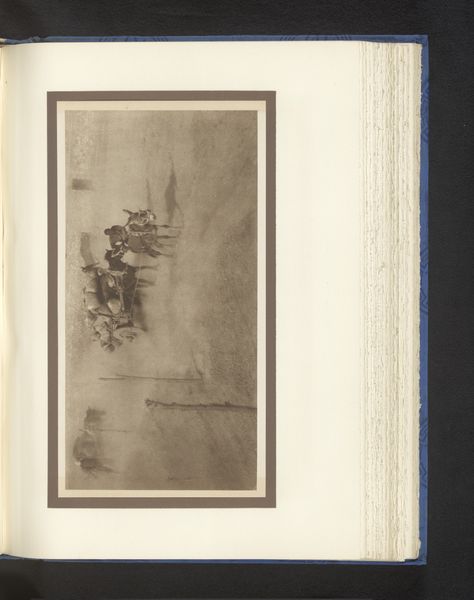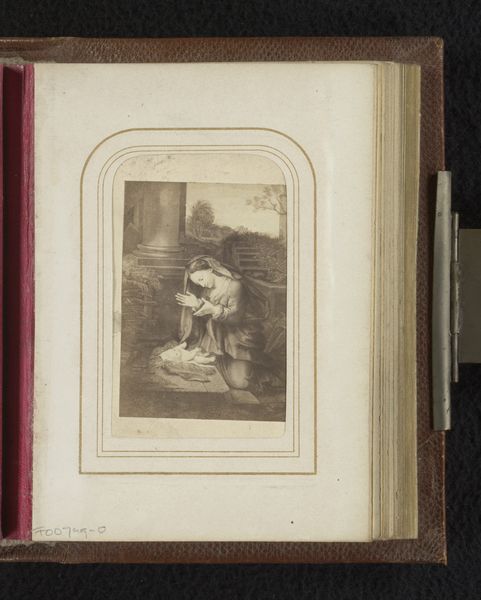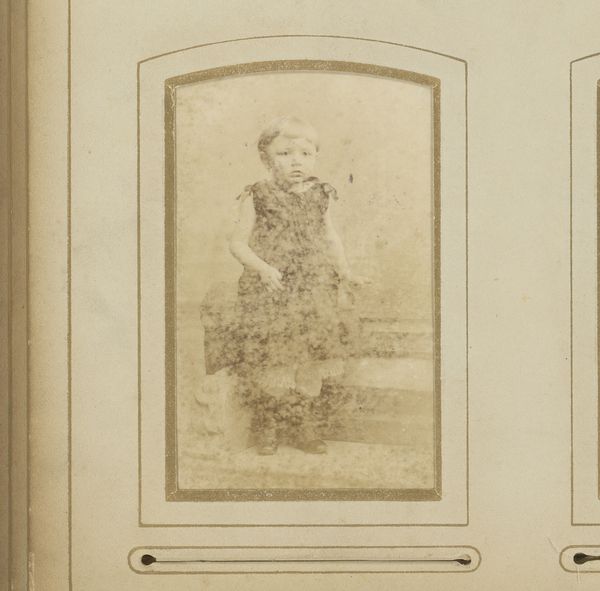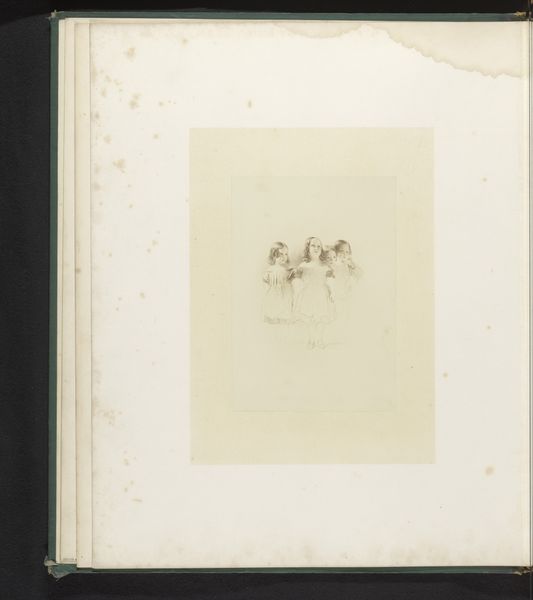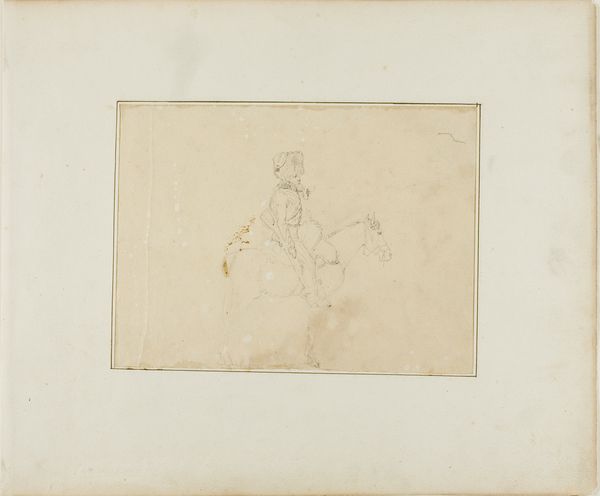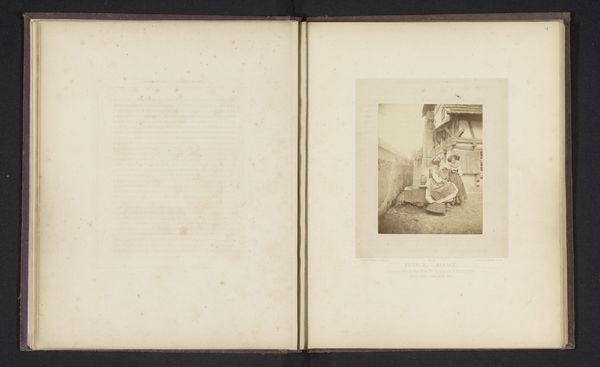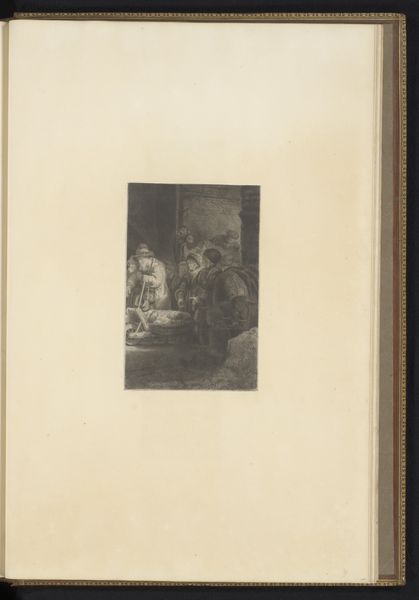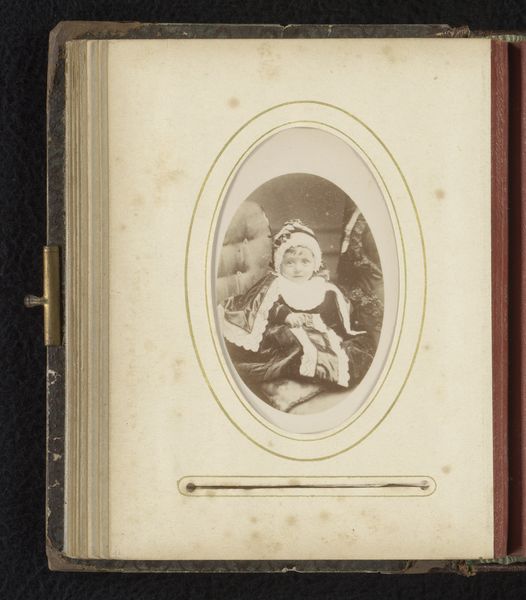
Portret van een zittende vrouw bij een piano, aangeduid als mevrouw Niehof-Dellemijn 1860 - 1900
0:00
0:00
photography, albumen-print
#
portrait
#
still-life-photography
#
photography
#
genre-painting
#
albumen-print
#
realism
Dimensions: height 80 mm, width 52 mm
Copyright: Rijks Museum: Open Domain
Editor: This is "Portret van een zittende vrouw bij een piano, aangeduid als mevrouw Niehof-Dellemijn," an albumen print photograph created sometime between 1860 and 1900 by Robert Severin. The woman looks poised, but also a bit melancholic. How do you interpret this work? Curator: This photograph, like so many from this period, is more than just an image; it's a coded document reflecting the limited social roles available to women of that era. The piano itself, a signifier of accomplishment and refinement, simultaneously underscores the domestic sphere to which women were often confined. Consider her gaze, averted, seemingly lost in thought. Does it convey contentment or a quiet resignation to her circumstances? Editor: That’s interesting. I hadn’t thought about the piano representing confinement. Is that a common interpretation for portraits like this? Curator: It's crucial to examine these images through a feminist lens. The act of portraying a woman engaged in a socially acceptable activity was a way of reinforcing societal expectations. But it’s also vital to look for subtle hints of resistance or individuality within the constraints. Think about her clothing, her posture - do these details suggest anything beyond the conventional role? What emotions does her expression communicate to you? Editor: I see what you mean. Her posture is very straight, but perhaps there is something a bit defiant in her eyes, a resistance against what was expected. Curator: Exactly! And it’s that tension, between the imposed societal norms and the potential for individual agency, that makes these portraits so compelling. They become sites where we can excavate the hidden narratives of women's lives. By considering this woman in the context of 19th-century societal constraints, we reveal layers of meaning that might otherwise remain unseen. Editor: This gives me a completely different way of looking at portraits from this era! I'll be thinking about those "hidden narratives" now whenever I encounter portraiture. Curator: And remember, that our perspectives continue to shift, inviting a reassessment of cultural norms reflected through images like this one.
Comments
No comments
Be the first to comment and join the conversation on the ultimate creative platform.
